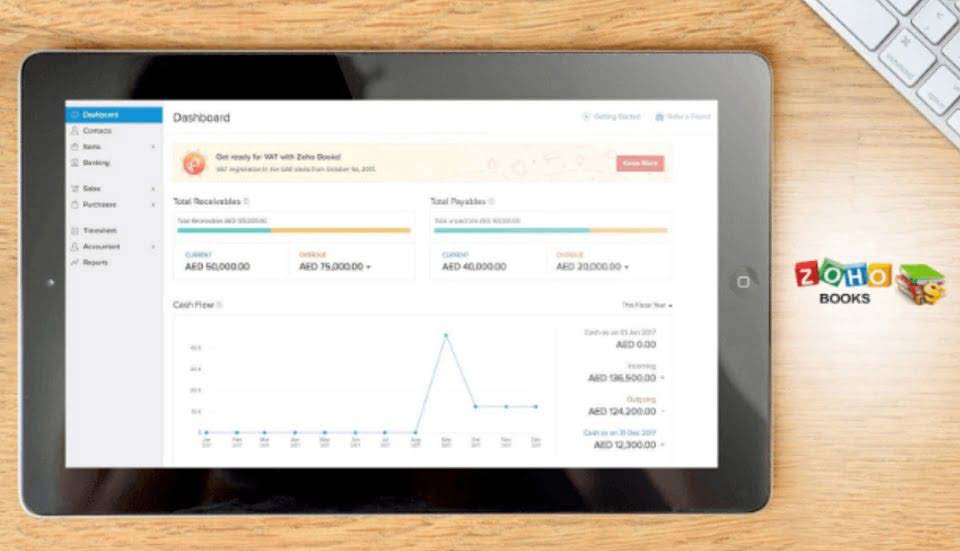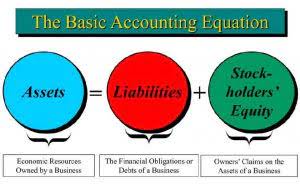Weighted Average of Outstanding Shares Definition and Calculation

These include changes that take place because of stock splits and reverse stock splits. There are also considerations to https://www.instagram.com/bookstime_inc a company’s outstanding shares if they’re blue chips. Companies typically issue shares when they raise capital through equity financing or when they exercise employee stock options (ESOs) or other financial instruments.

How comfortable are you with investing?

The number is used to calculate many common financial metrics, such as earnings per share (EPS) and market capitalization. The term outstanding shares refers to a company’s stock currently held by all its shareholders. Outstanding shares include share blocks held by institutional investors and restricted shares owned by the company’s officers and insiders.
To Ensure One Vote Per Person, Please Include the Following Info
Companies can also undergo a reverse stock split or share consolidation. Many companies decide to do a stock split to make their stock more affordable for a broader range of investors and to improve liquidity. Other companies may explicitly https://www.bookstime.com/ list their outstanding shares as a line item in the equity section of their balance sheet.
What Is the Difference Between Shares Outstanding and Floating Stock?
Options and warrants are one aspect of the difference between basic shares outstanding and diluted shares outstanding. Assume that Company A has 100 million shares outstanding and a trading price of $10. It also has 10 million stock options outstanding with an exercise price of $5.
More specifically, treasury shares are the portion of shares that a company keeps in its treasury. The weighted average shares outstanding figure smooths out this variance, by simply averaging the share count across the reporting period. This is a figure calculated by the company itself; investors literally do common shares outstanding formula not have the access to the data required. The profit and loss statements in nearly every corporate earnings press release will include both basic and diluted shares outstanding. Shares outstanding refers to the amount of stock held by shareholders, including restrictive shares held by company insiders.

- For example, the difference between the number of shares currently outstanding and the number of shares fully diluted is comparatively likely to be significant for fast-growing technology companies.
- Most notably, short interest usually is measured as a percentage of the float, rather than shares outstanding.
- However, the case changes whenever the Company does a stock split or a share reverse.
- Whether potential shares are considered anti-dilutive depends on the period.
- Public companies are required to report their number of shares outstanding in their quarterly and annual disclosures to the Securities & Exchange Commission.
These include a company’s market capitalization, such as market capitalization, earnings per share (EPS), and cash flow per share (CFPS). The chart below shows how each is calculated using outstanding shares. The next step is to find the treasury stock line item on the company’s balance sheet. This refers to how many total shares the company has purchased back from investors.
- Basic shares outstanding represent the actual number of shares outstanding during a period.
- These statements are available on companies’ investor relations pages or the SEC website.
- Company A might post a loss in the first quarter, and report a diluted share count of 100 million — but post a profit for the year, with a diluted share count more than twice as high.
- Investors often track changes in outstanding shares as part of their broader analysis when making investment decisions.
- It excludes closely held shares, which are stock shares held by company insiders or controlling investors.
So, in this case, the number of shares issued is equal to the company’s outstanding shares. Companies sometimes buy back shares, which is part of their corporate strategy. If the company buys back its shares, that portion of the share is with the company, and the equity owners do not own that share. The number of shares outstanding increases whenever a company undertakes a stock split.
- A company’s number of shares outstanding refers to the total amount of shares it has issued.
- Several factors can cause a company’s number of outstanding shares to rise or fall, with one of the most common being stock splits.
- There is no specific formula, the calculation needs to be done by hand or with a computer program.
- It is a much better analysis option, instead of depending on the share price, which is dynamic and subject to constant market fluctuations.
- This second example of weighted average shares outstanding calculation considers the cases when shares are issued and stock dividends are given during the year.
Let us understand the formula that shall act as the basis of our understanding and the formation of the outstanding shares equation through the discussion below. Below is the Weighted Average Shares calculation example when shares are issued and repurchased during the year. We multiplied the number by 12 for each month and did an average over these 12 months.
What is the formula for weighted average shares outstanding?
The shares can be grouped according to the length of time that they were outstanding. In this case, group 1 consists of 100,000 shares that were outstanding for the entire year, while groups 2 and 3 are included in the 20,000 shares issued on 1 April. Stock prices change constantly, making it difficult to keep track of the cost basis of shares acquired over time. Among investors, it is most relevant to those who compile a position in a stock over a long period of time, buying on the dips and holding the shares.
